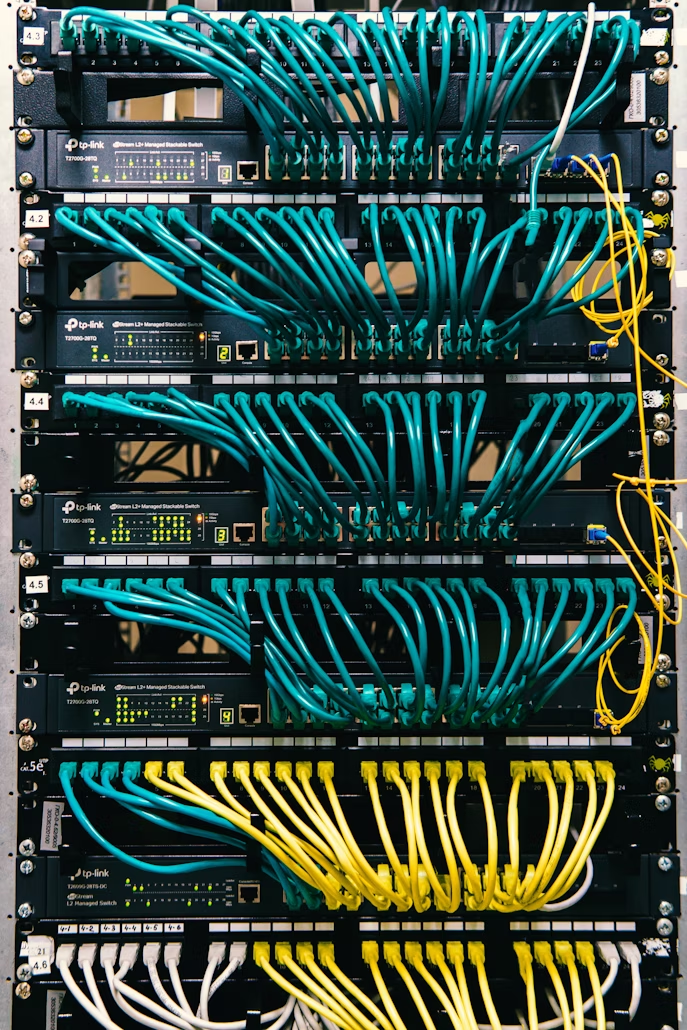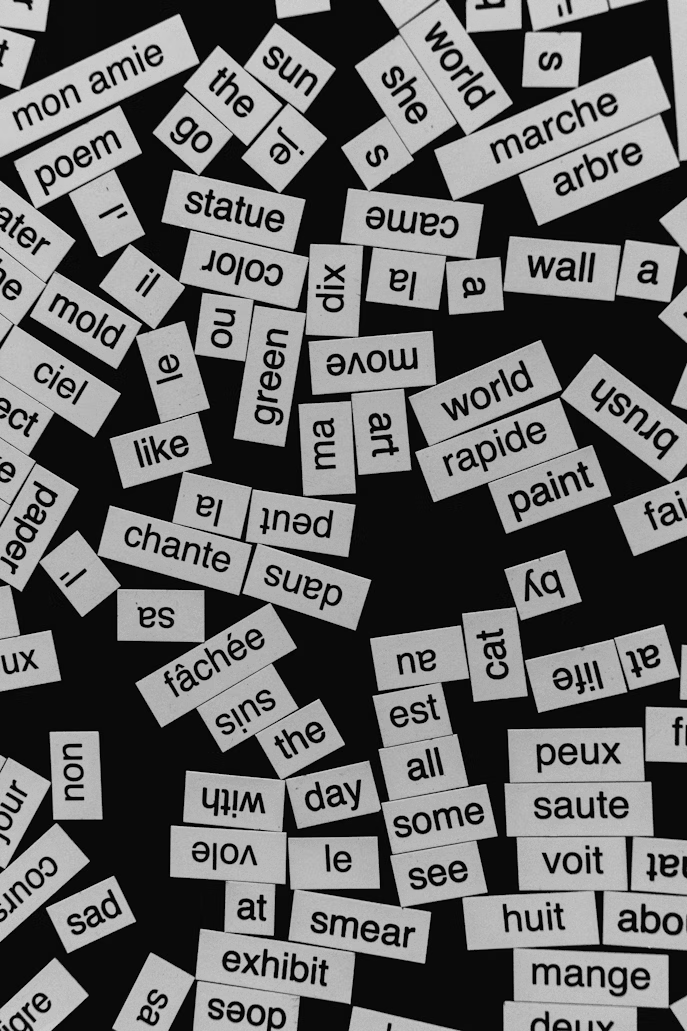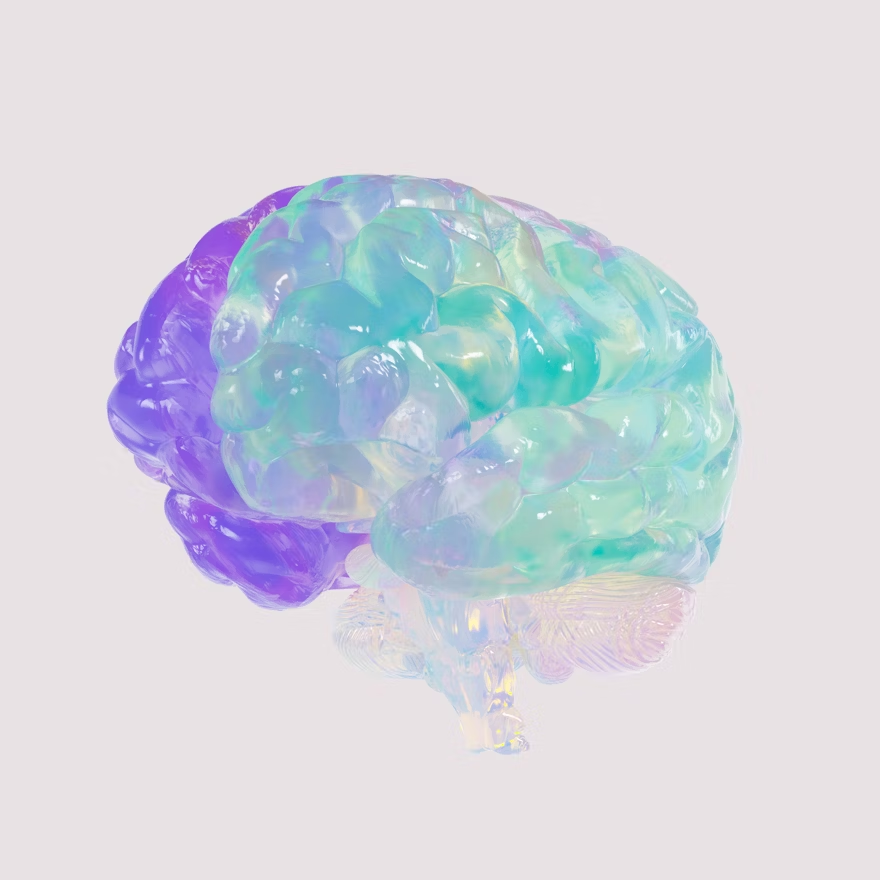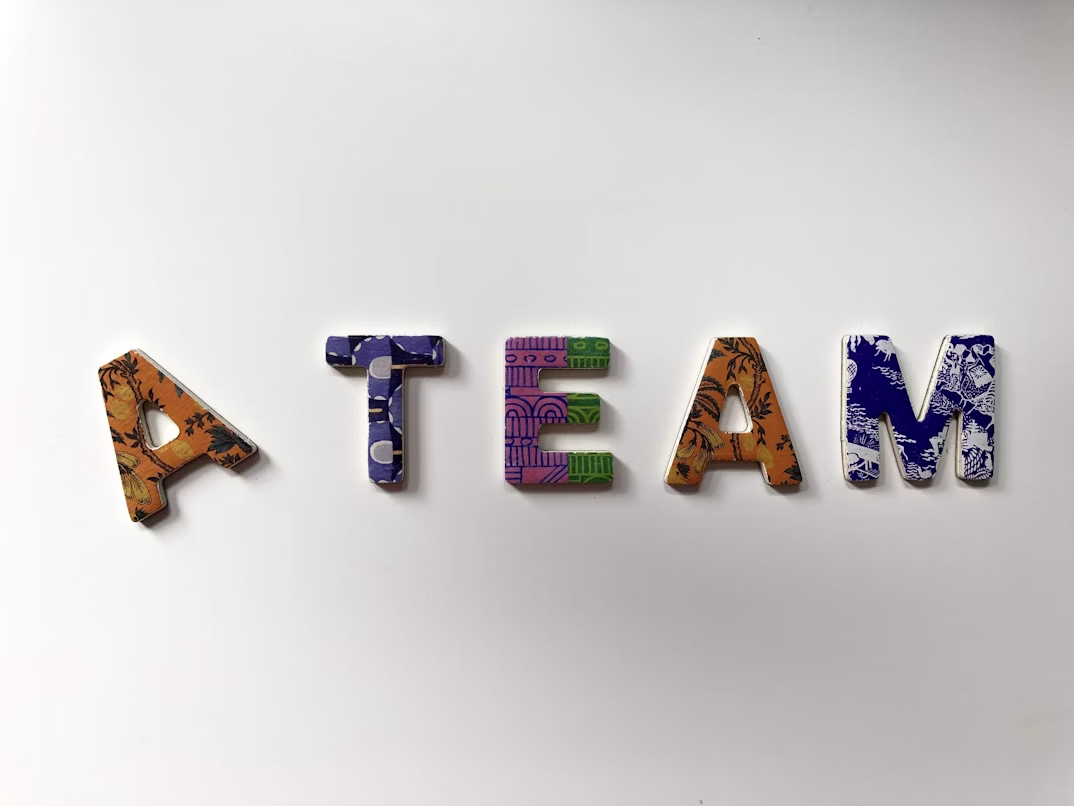
Model Context Protocol Servers Explained
Model Context Protocol (MCP) servers are the hidden engines powering next-generation AI tools like GitHub Copilot, Claude, Gemini, and more. Here’s how they work and why they matter.
Written by Naveen Kumar Lokesh on Mon Jul 14
To get the most out of modern AI tools—whether you’re using GitHub Copilot, ChatGPT, Claude, Gemini, or Perplexity—you need more than just powerful models. You need smart, adaptive context delivery.
That’s exactly what Model Context Protocol (MCP) servers enable.
What Are Model Context Protocol Servers?
MCP servers are middleware systems that manage what context gets sent to an AI model—and how. They’re responsible for constructing intelligent, precise, and real-time context streams so that the model behaves more like a trusted collaborator than a guessing engine.
Think of MCP servers as the AI’s brainstem: routing signals, translating memory, and enforcing organizational guardrails.
Why MCP Servers Matter
Without MCP servers:
- AI tools become stateless, repetitive, and brittle.
- Prompts have to rebuild context from scratch each time.
- Fine-tuning or retrieval augmentation (RAG) alone can’t handle dynamic workflows.
With MCP servers:
- AI can recall recent conversations, understand project states, and act accordingly.
- Context is continuously updated across modes, tools, and tasks.
- Users get a personalized, persistent experience across applications.
This applies to developer tools like Copilot, general assistants like ChatGPT, Claude, or Gemini, and research-focused agents like Perplexity or Meta’s Code Llama agents.
Anatomy of an MCP Stack
MCP servers typically support these layers:
1. Session Memory Layer
Keeps track of recent messages, code edits, or file changes.
- Enables continuity across queries
- Reduces repetition
2. Context Orchestrator
Assembles relevant files, APIs, past interactions, and even UI events.
- Tailors prompt inputs dynamically
- Uses attention heuristics to prioritize content
3. Policy & Guardrail Engine
Applies organization-specific constraints and safety policies.
- Filters sensitive data
- Injects compliance or documentation rules
4. Tool Integrations Layer
Connects to IDEs, browsers, data sources, or cloud environments.
- Enables context-aware operations
- Powers agentic tasks in systems like Copilot or Code Llama
Example: How AI Tools Use MCP
When you use Ask Mode in GitHub Copilot:
- The MCP server scans your repo, selects relevant files, and formulates a prompt.
- It may include recent code changes, active branch metadata, and documentation pointers.
In Claude 3’s system prompts or Gemini’s Workspace integrations, the MCP equivalent:
- Pulls from linked documents, emails, or calendars
- Structures that context for model reasoning
In Perplexity’s research agents, context orchestration ensures:
- Real-time web retrieval is scoped to the question
- Responses are grounded and referenceable
MCP Best Practices for Engineering Teams
To get the most value from AI tools using MCP:
Structure Your Repos or Workspaces
- Use clear folder naming, README files, and modular architecture.
- MCP systems extract structure—make it work for you.
Tag Key Resources
- Mark important files with comments, metadata, or references.
- Improves context prioritization and response accuracy.
Enforce Prompt Hygiene
- Define reusable prompt files or instructions with clear objectives.
- Reduces ambiguity and boosts model output quality.
Future of MCP: Real-Time AI Operating Systems
MCP is evolving beyond development environments. Soon, we’ll see:
- Cross-app awareness spanning terminals, Figma files, PDFs, and browsers
- Dynamic persona modulation based on user intent and tools in use
- Enterprise-wide MCP layers coordinating thousands of interactions per day
This is the foundation of contextual AI operating systems—where everything the model knows is intentional, real-time, and productive.
Final Thoughts
MCP servers are the invisible scaffolding behind modern AI. They make GitHub Copilot smarter, Claude more relevant, ChatGPT more aligned, and Gemini more proactive.
If foundation models are the brains, MCP is the nervous system. And the better your organization designs and tunes it, the more powerful and usable AI becomes—at scale.
Read more

What Is NLP and Why It’s Reshaping How Businesses Understand and Use Language
NLP is enabling businesses to unlock insights, automate communication, and deliver more personalized experiences than ever before.
by Naveen Kumar Lokesh on 13 August 2025

Do AI Have Goals, Emotions, Beliefs, or Common Sense?
Despite the rise of intelligent systems, AI lacks true goals, emotions, beliefs, and common sense. Understanding these limits is crucial for responsible innovation.
by Naveen Kumar Lokesh on 29 July 2025

How AI Is Powering Lean Engineering Teams to Deliver More with Less
AI is transforming lean engineering teams into high-impact units, driving faster innovation, better quality, and lower costs.
by Naveen Kumar Lokesh on 17 July 2025
Get in Touch
We’d love to hear from you! Whether you’re thinking of teaming up with us or just want to chat about, here’s how to get in touch:
- Shoot us an email at contact@innoventurex.com
- Or visit our Contact Page and fill out the form.
We can’t wait to hear from you!